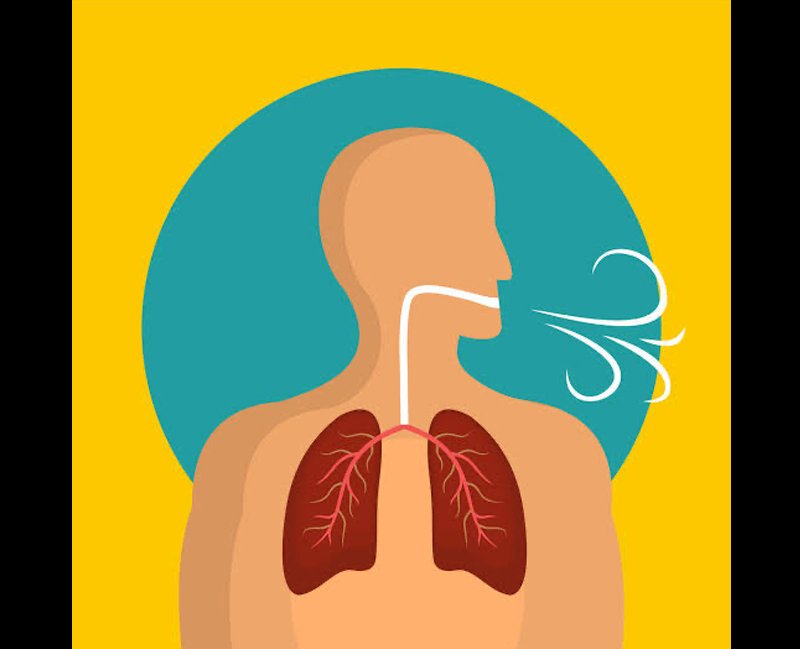
Last week, Dr. Mangala Narasimhan, the regional director for critical care at Northwell Health, which owns 23 hospitals in New York, received an urgent call. A man in his 40s (a critical Covid-19 patient) was in a dire state, and her colleague wanted her to come the intensive care unit at Long Island Jewish Hospital to see if he needed to be put on life support. Before I come over there, Narasimhan told the other doctor, try turning the patient over onto his stomach and see if that helps.
Narasimhan didn’t need to go the ICU. The flip worked. WHY?
With more and more critical patients turning up at the hospital, doctors are learning that placing the sickest coronavirus patients on their stomachs, called prone positioning – helps increase the amount of oxygen that’s getting to their lungs.
Has this ever worked before?
Turns out, yes.
Seven years ago, French doctors published an article in the showing that patients with ARDS who were on ventilators had a lower chance of dying if they were placed on their stomachs in the hospital.


